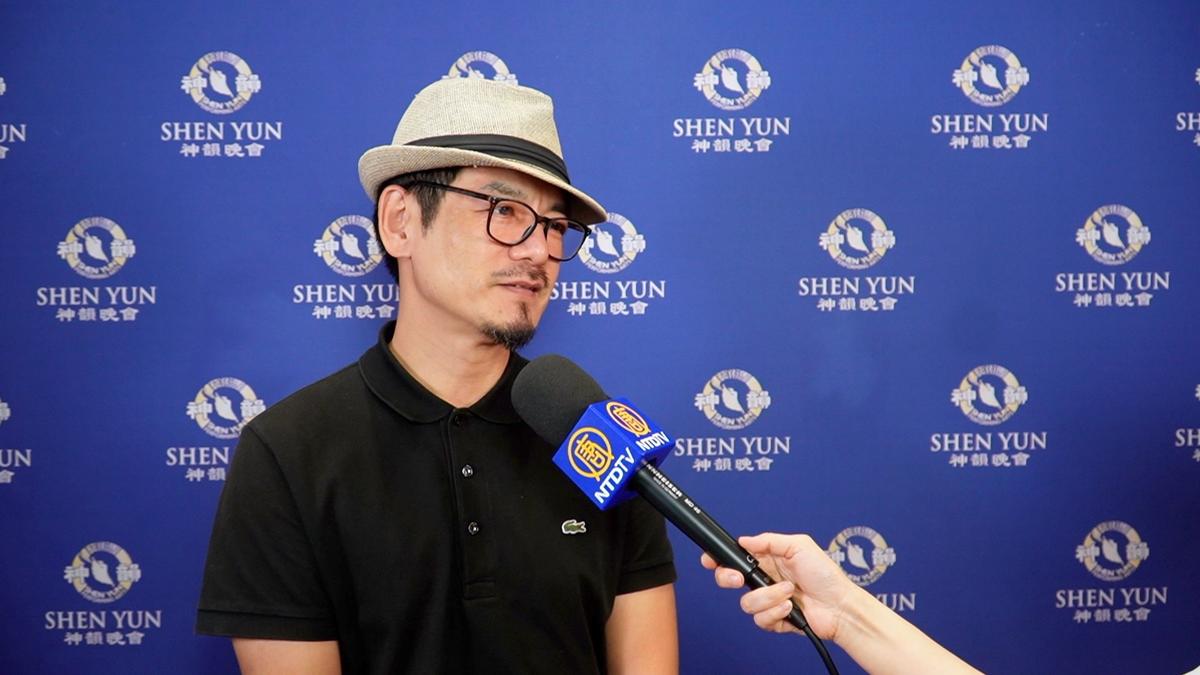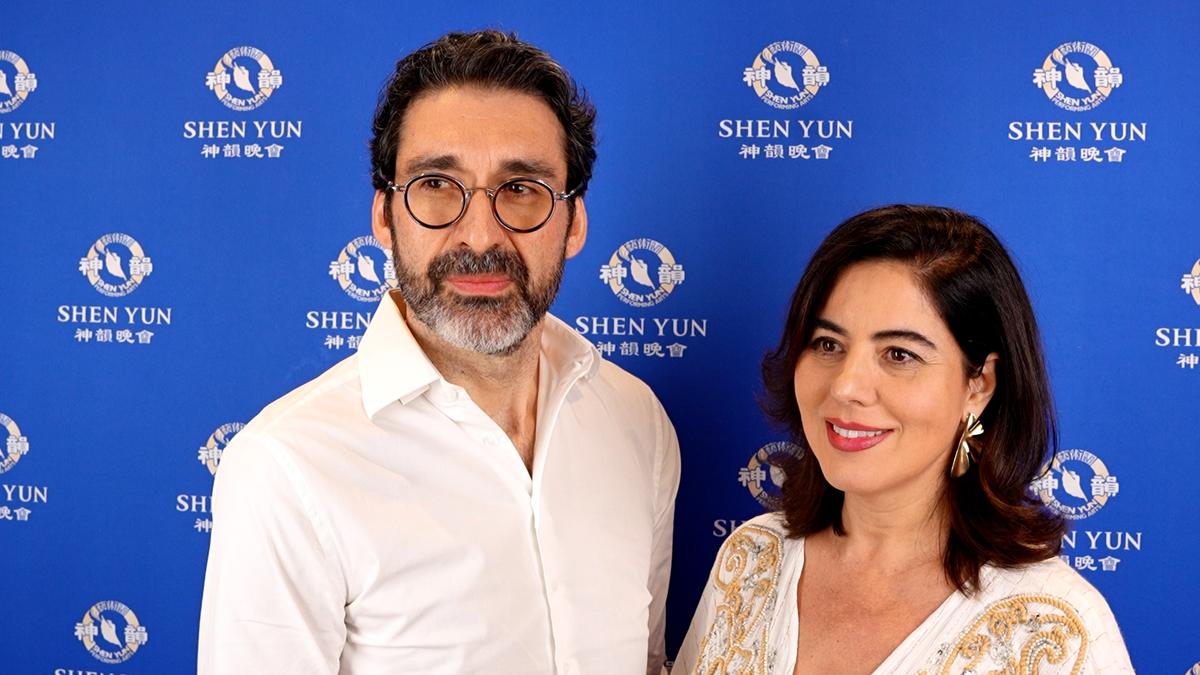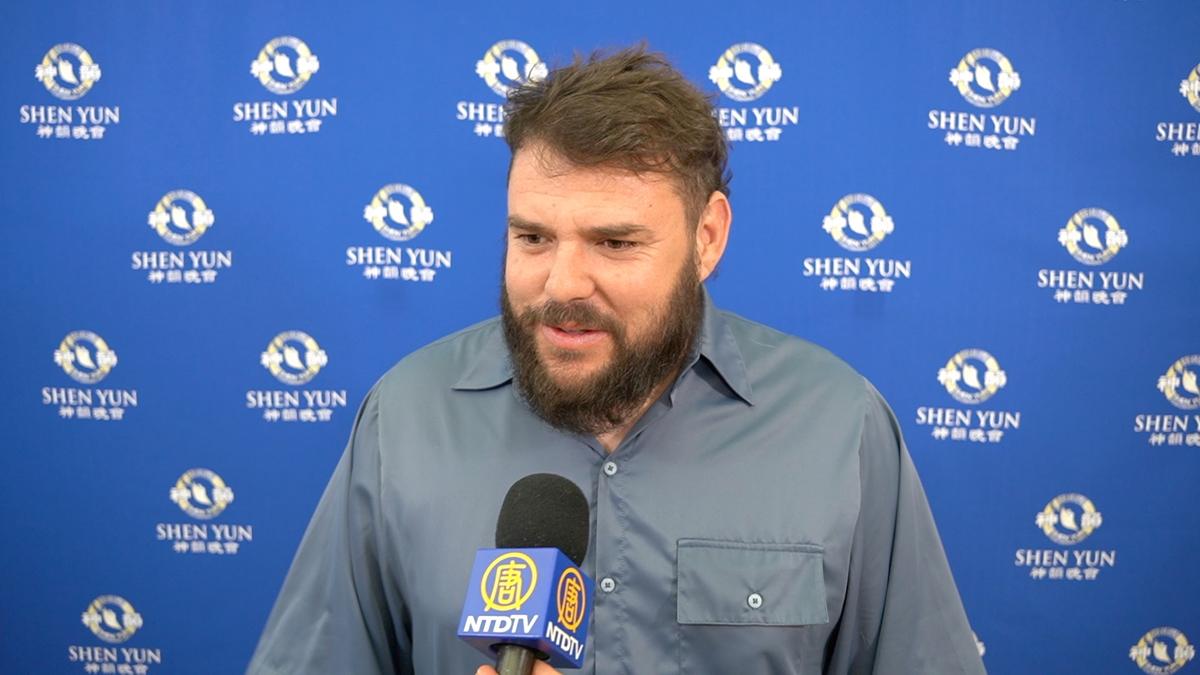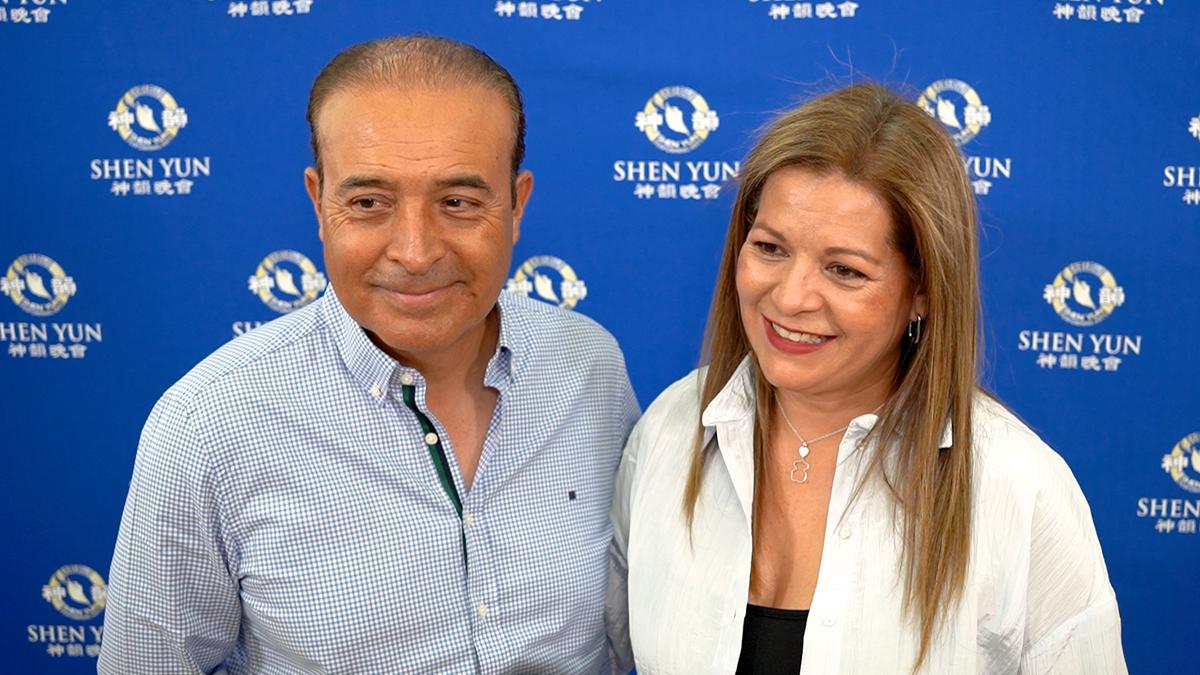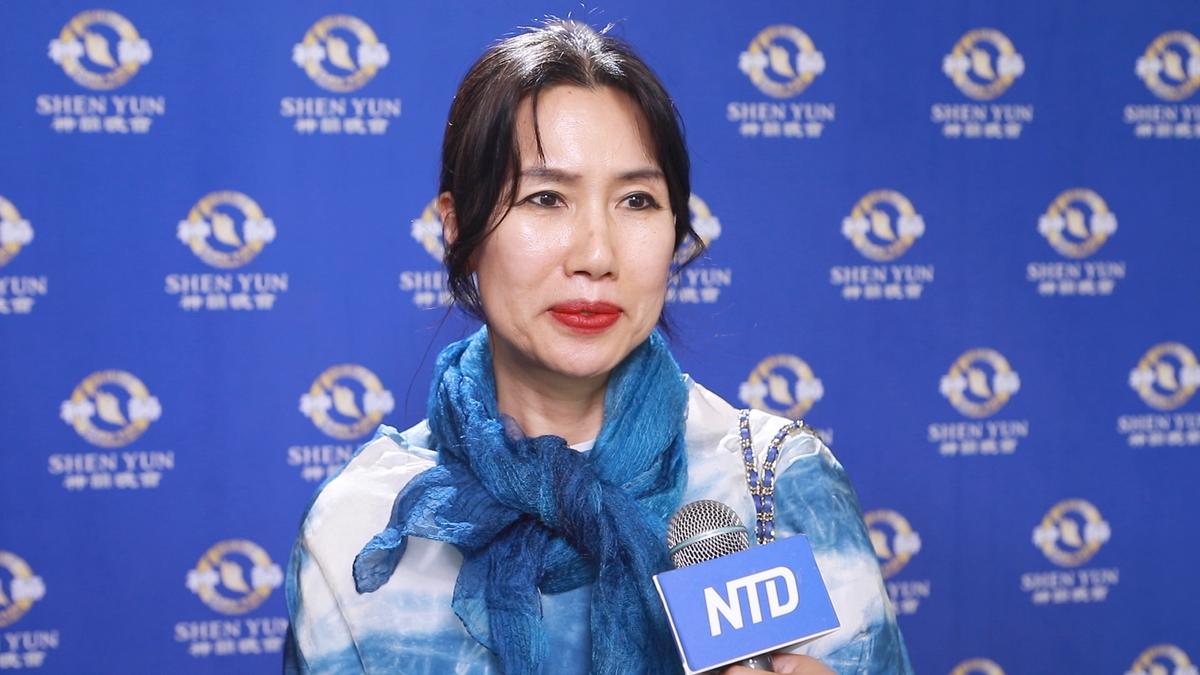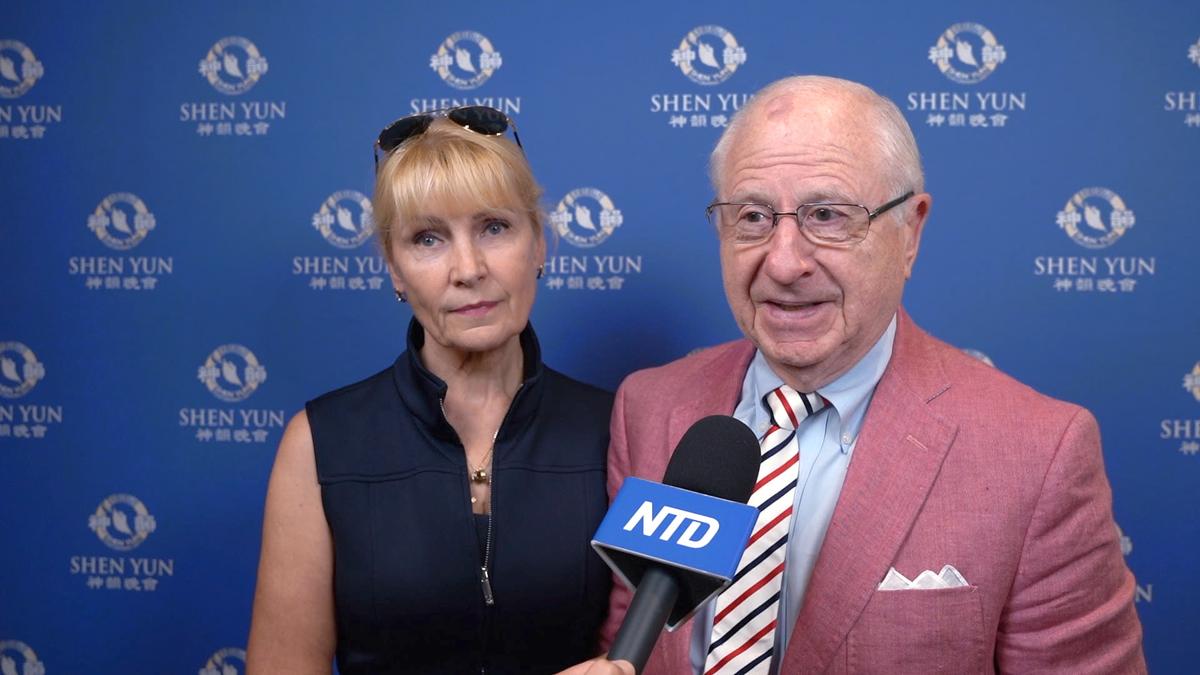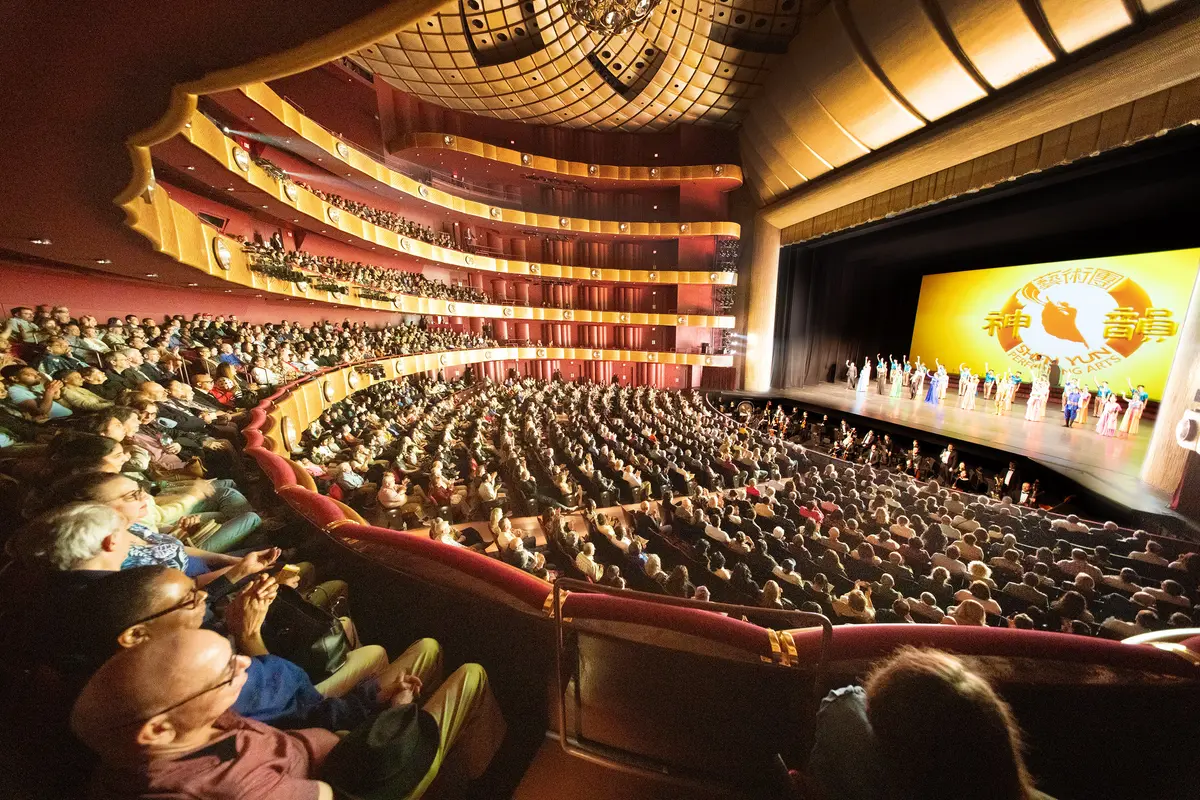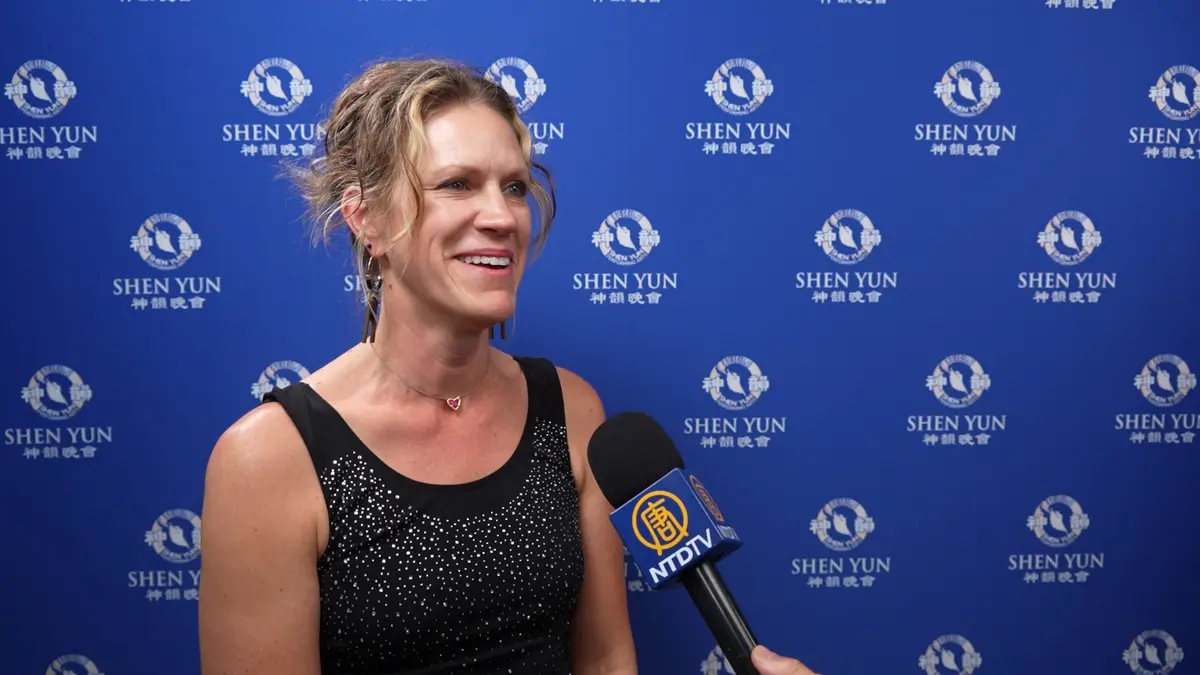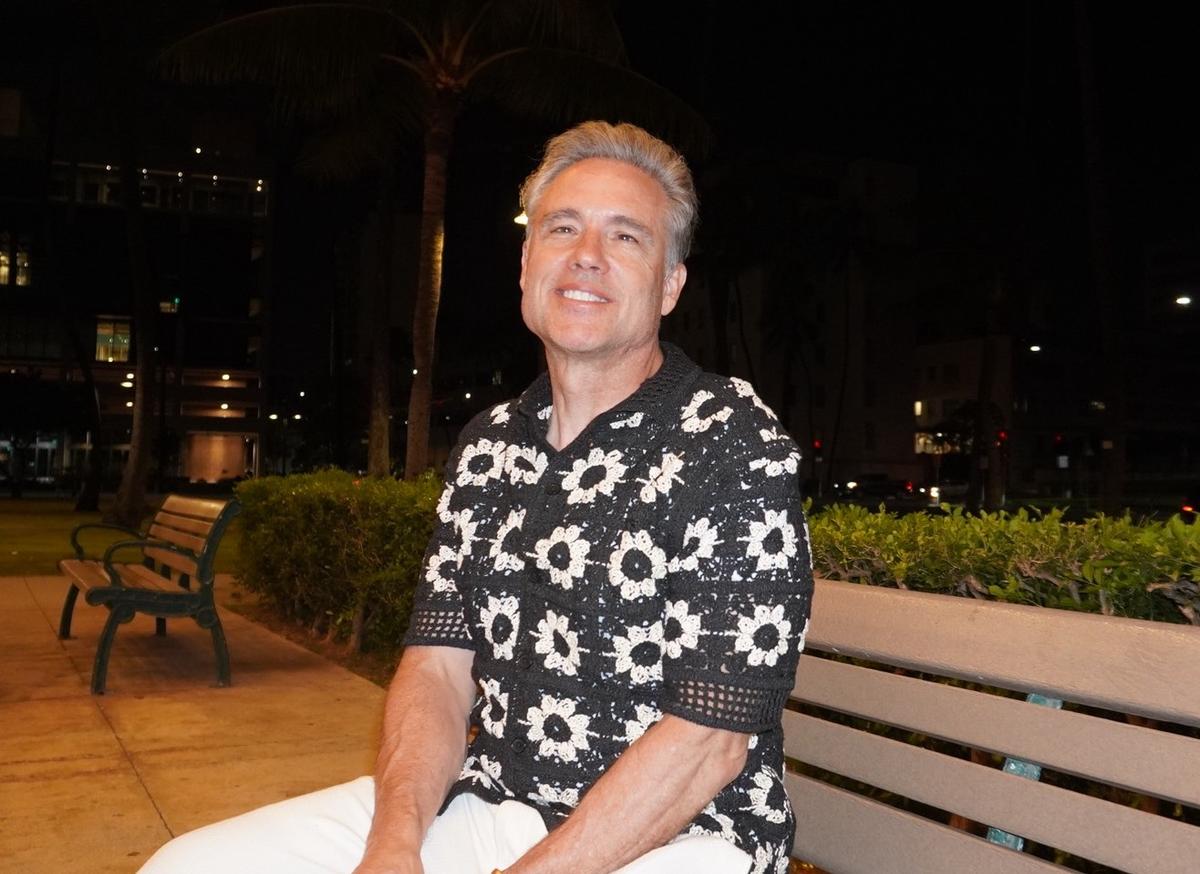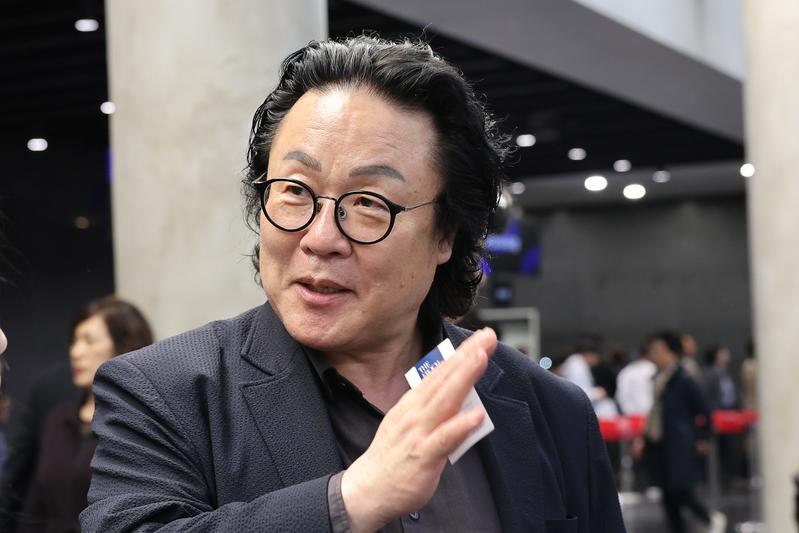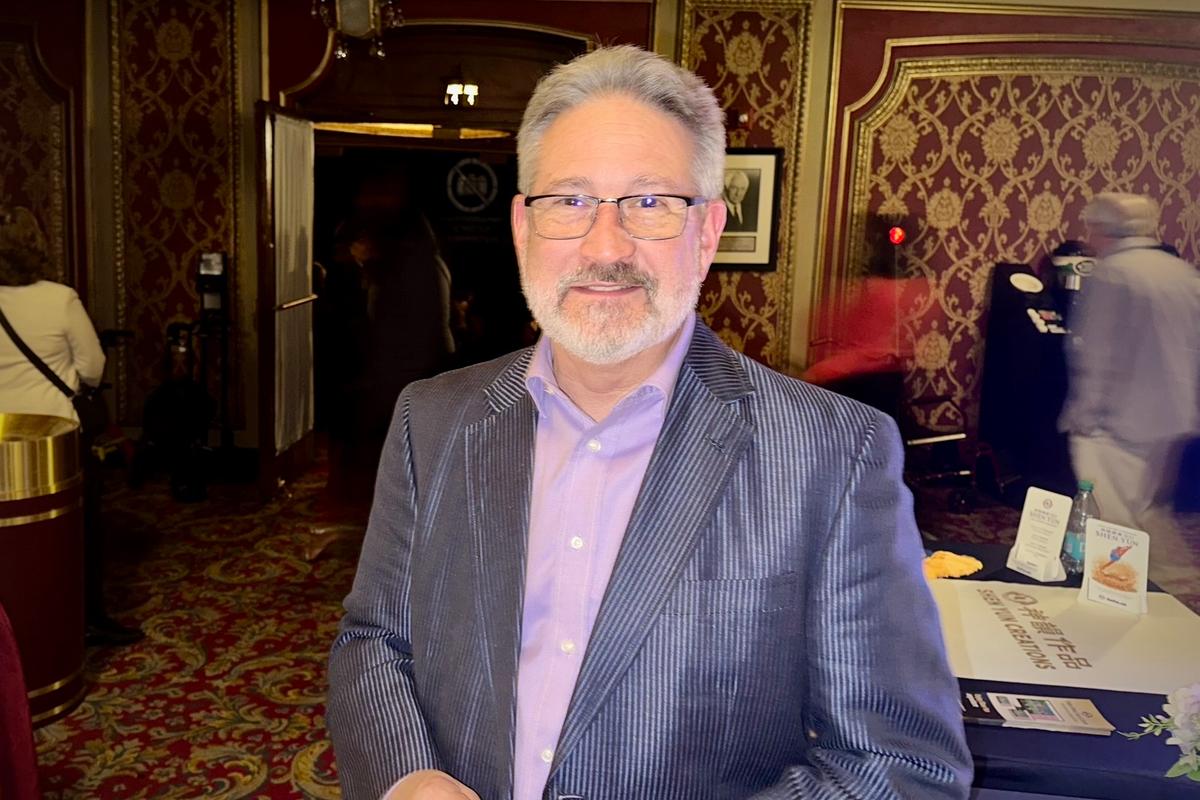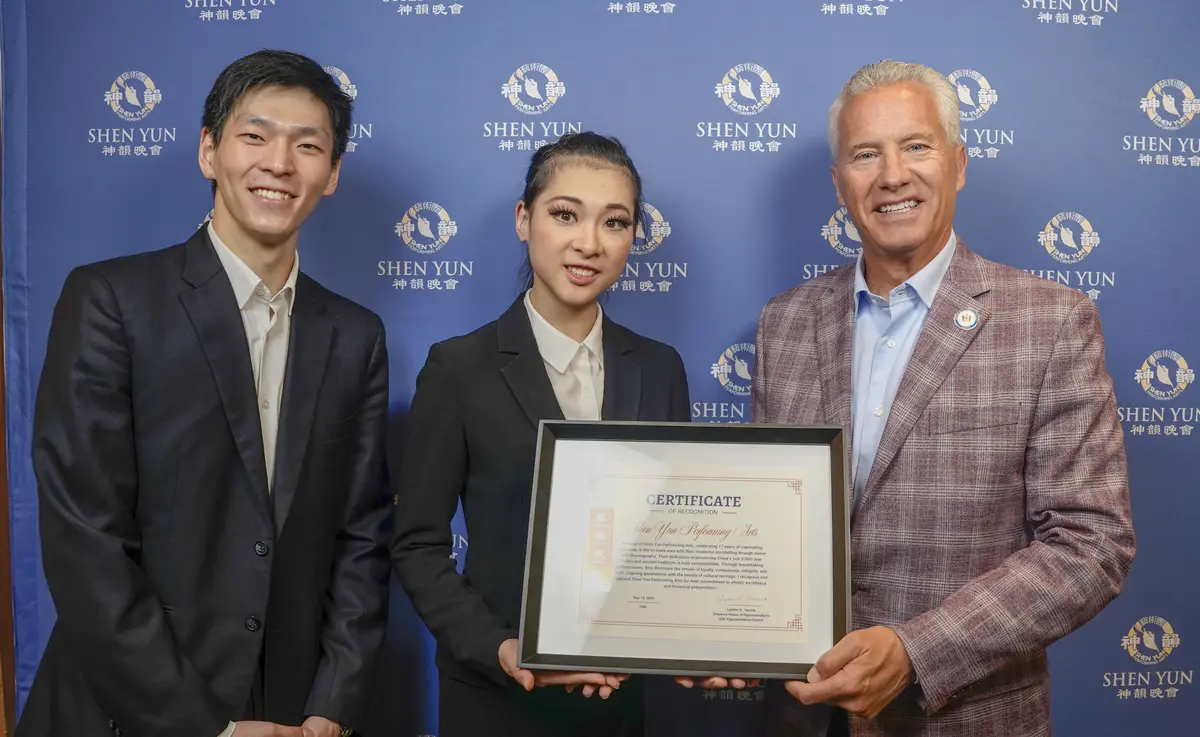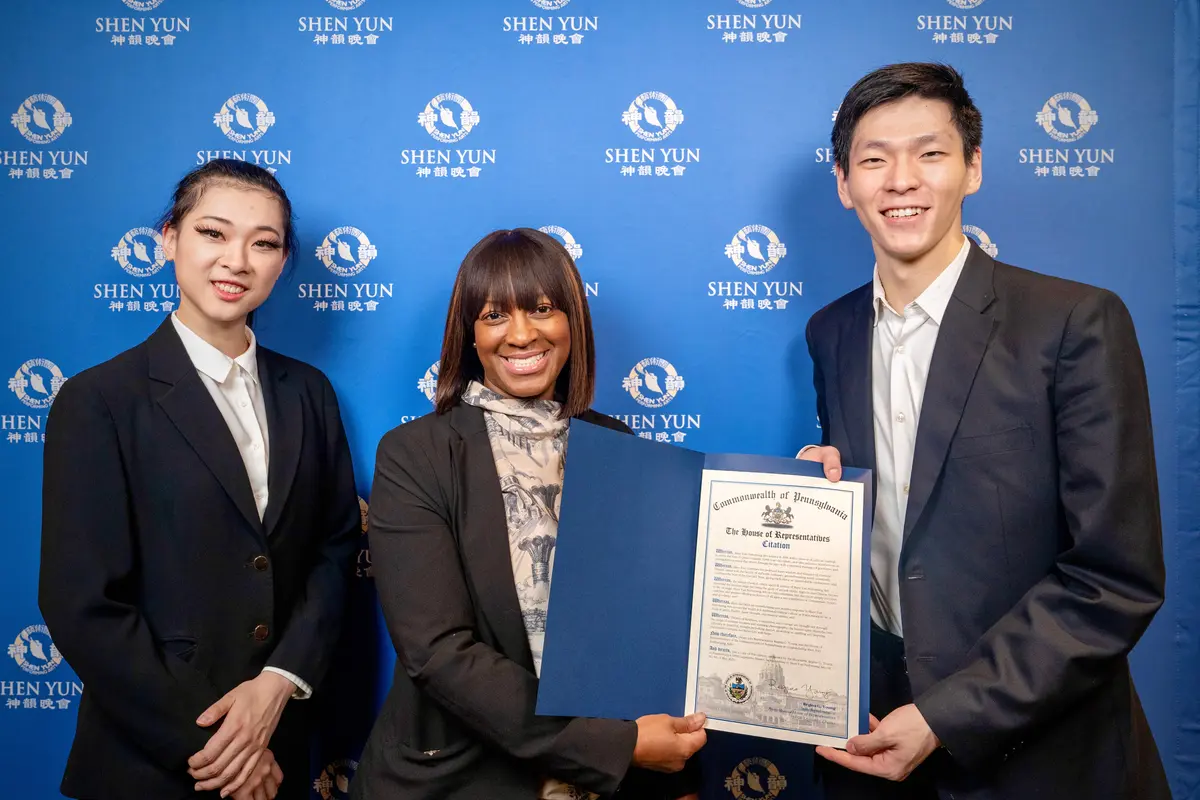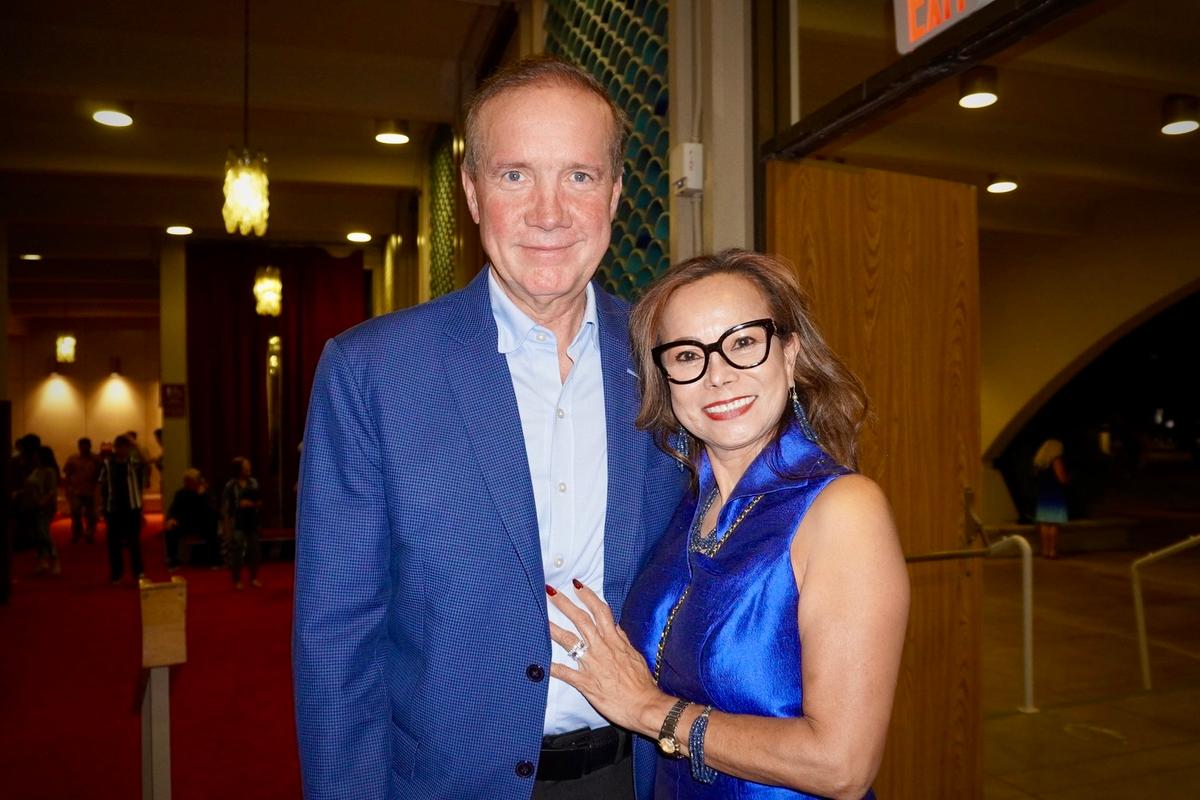Rachael Yu Ming Bastick is a dancer full of grace. In 2010, she placed first in the NTD International Classical Chinese Dance Competition, becoming an exemplar in an art form that has quickly fascinated the world.
Three years later, Bastick added “soprano” to her stage résumé.
“After a dance piece, I would change from my dance costume to my dress for the vocalist solo, and after singing, I would immediately change back and dance,” Bastick said. This continued for about 100 shows per season for the next four years, until she focused solely on performing as a vocalist.
“People often think that singing and dancing use different breathing techniques, which might interfere with each other. I didn’t think much of it, and I made it work.”
Reviving Bel Canto
Shen Yun is perhaps most famous for revitalizing the art form of classical Chinese dance, a comprehensive system of dance that goes back thousands of years, developing in parallel with the arts and culture of the five-millennia-old ancient Chinese civilization.Bel canto, translated literally as “beautiful singing” or “beautiful song,” is associated with the historical peak of operatic singing. The Italian vocal technique died out by the middle of the 19th century, and today only a fraction of what was known about the technique is still passed down.
“The real bel canto tends to be rather ‘exterior’ [in positioning]—by which I mean it focuses on clearly enunciating the words,” Bastick said. There’s much emphasis on voice position, and “the more exterior the better,” she said. Such technique helps the voice extend outside the body, maximizing the sound the audience hears.
As such, another difference is that while singers generally put great emphasis on the state of their vocal cords, this is not the case for Bastick.
In fact, she shared a story about how, when she lost her voice during the early days of learning bel canto, instead of resting her vocal cords, she discovered it was a great opportunity to find the “correct position.”
“Because I'd worn out all the wrong positions, it was a good time to find the right position for my voice,” Bastick said.
Through trial and error and much practice, Bastick built her technique. She found that the technique itself was much more than physical, as it required tapping into her heart and mind.
Pure Mentality
In her many years of studying voice and performing, Bastick has found that in addition to mastering one’s technique, an artist must keep a pure mentality, reflecting one’s character and spiritual state. Elevating one’s moral standard becomes essential to becoming an excellent artist.Bastick believes there’s a divine nature inherent in music. In ancient times, music was dedicated to gods, used in ceremonies, and acted as a sacred bridge between humans and the divine. Artists were naturally responsible for purifying and nurturing the souls of the people, and such songs were delivered “with much stronger energy, [which could] that much more positively move audiences.”
“Our cultivation demands our devotion to mind and moral improvement,” she said. “And the meditation and exercises help to better our minds and mental states.
“Conveying one’s feelings and emotions is not our goal. All of the songs in Shen Yun performances were written by our artistic director. The lyrics often mention the Creator, Heaven, and gods. People are reminded not to forget God, and to be kind, and there’s also a warning that the Communist Party’s atheism is harmful.”
Bastick believes that what moves audiences most in these songs is the lyrics. She says she hopes the messages in the songs inspire people to think and aspire to universal values.
And in turn, their sincere feelings have inspired Bastick to pursue higher levels in her art.
“I hope to reach a higher level, to be better able to interpret Shen Yun’s songs, and to better convey them to our audiences.”



